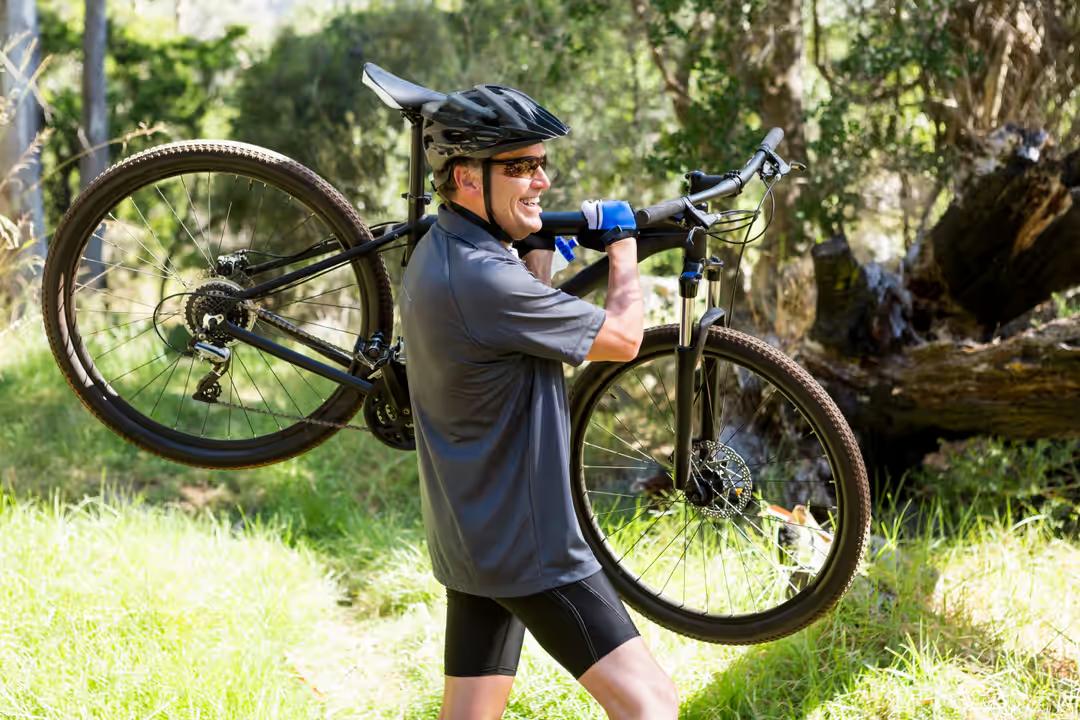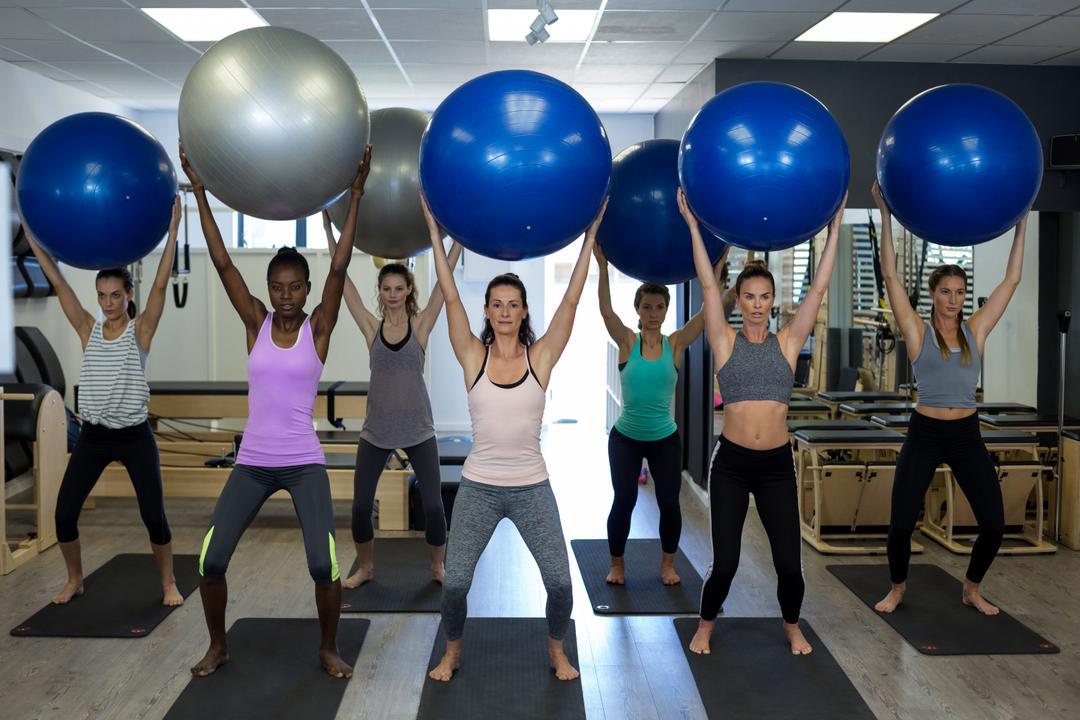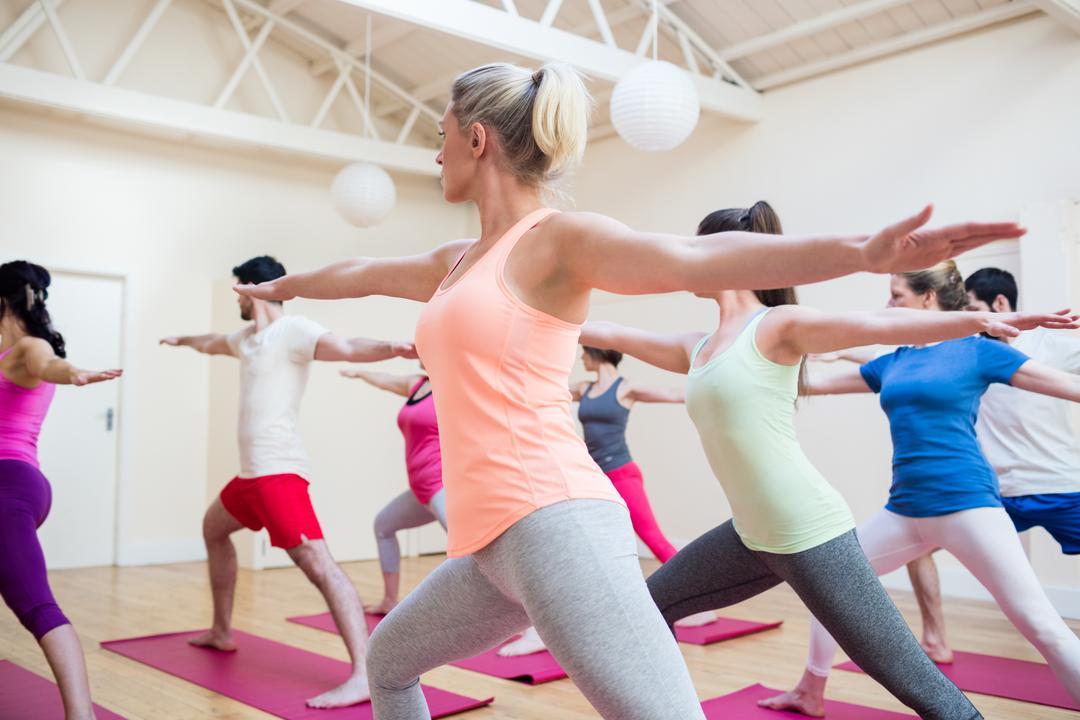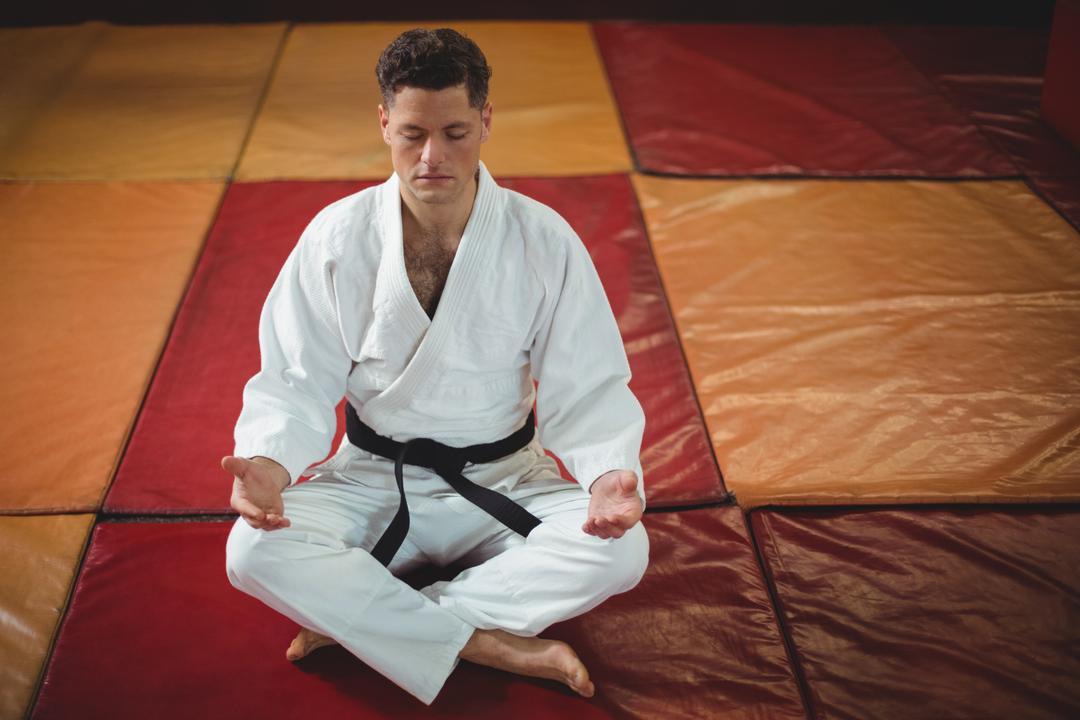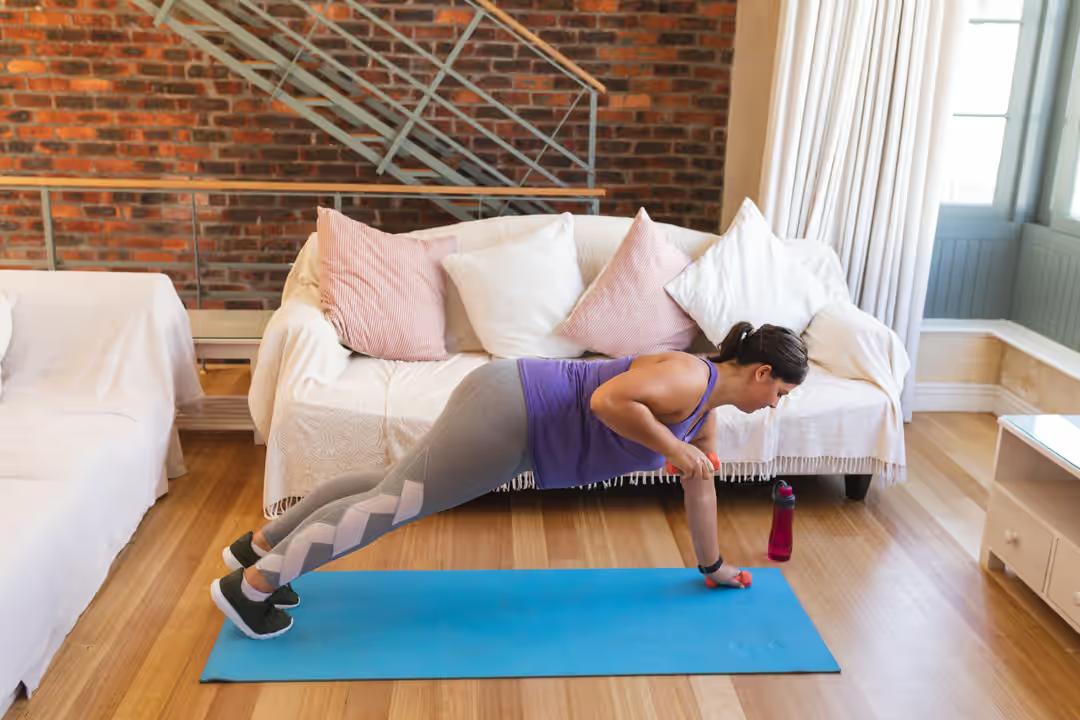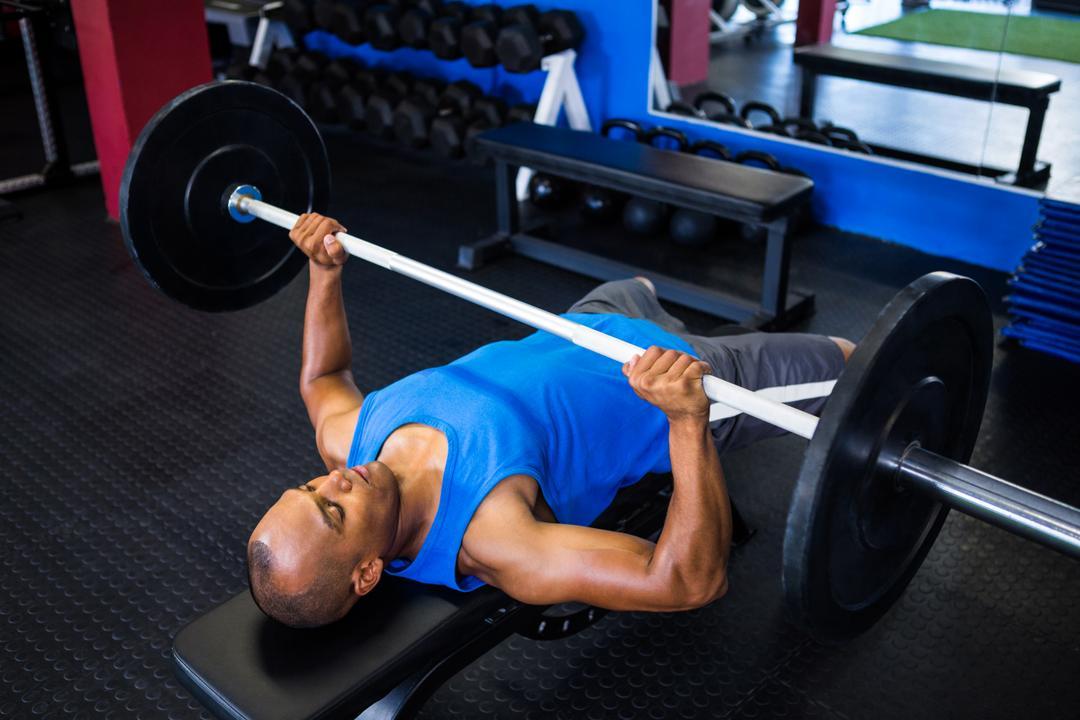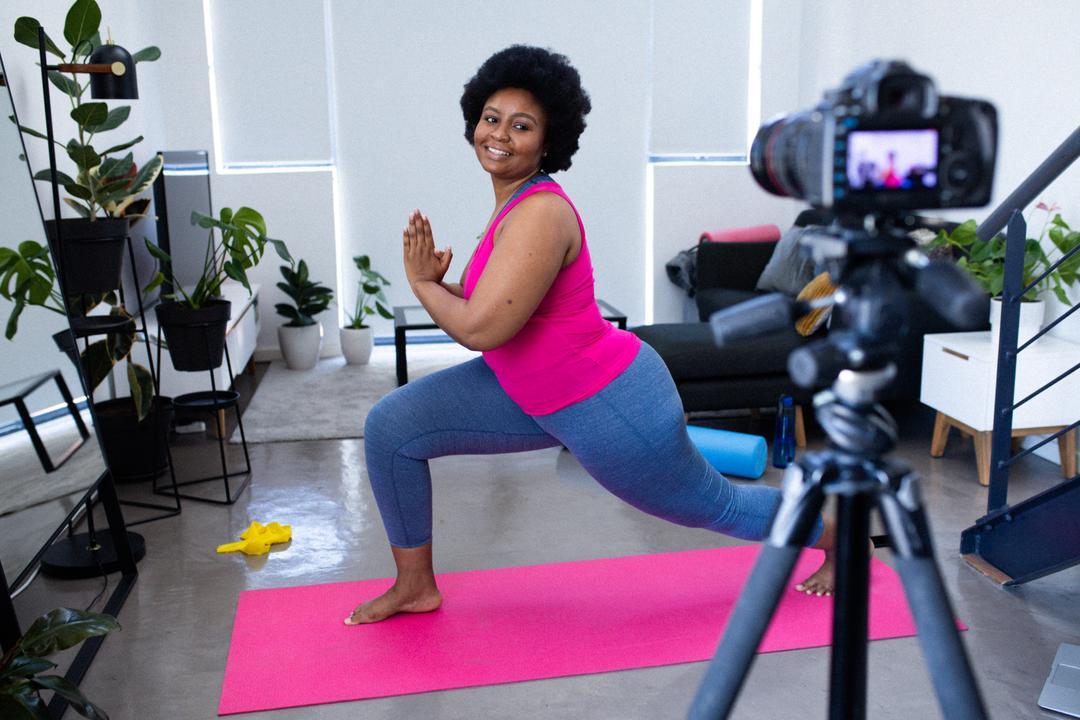A typical blog will often feature written content accompanied by images and/or videos, but this format can be structured in a variety of ways.
Many blog posts are structured in one of these formats:
- Lists
- Guides
- Interviews
- Diaries
- News
- Surveys
- Infographics
- Opinions
- Comparisons
- Guest Posts
Lists are a great choice to start out with, as you can create an article that can be based around any fitness theme and it will likely be engaging and informative for your readers.
The titles of these list posts could be something along the lines of ‘the top 10 foods to help build muscle mass’, ‘8 things you’re doing wrong in the gym’ or ‘20 tips for a beginner in the gym’. It really depends on the content you like creating and what your audience wants.
As you get more experienced, you can start introducing in-depth guides to your arsenal. This content should be well-researched and informative, providing readers with clear information that they can easily follow.
You can also include interviews with fitness experts, a diary of your activities and the latest fitness news.
Surveys are a great way of reaching out to your readers and finding out about what is working for them and what isn’t. You can use the information you get from surveys to fine tune your content for your audience.




